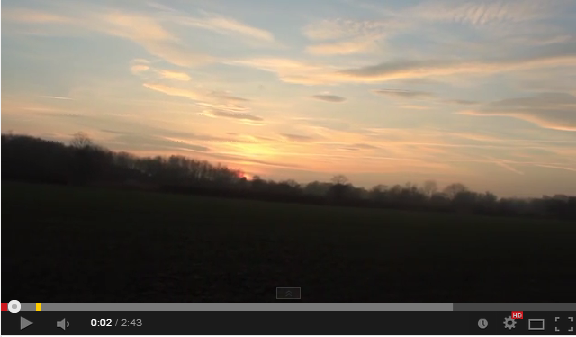Theorists - Deborah Knight, Tzvetan Todorov, Roland Barthes,
Genre characteristics
Surreal Imagery
Naturalistic scenery
slow cutting pace
Minimal editing
Thought provoking narrative
In David Duffys 'modern genre' theory it states that media is based on a supply and demand basis and that in order to be successful, the product must adhere to the audiences needs. One of the ways to ensure this is to introducing a set of codes and conventions that the audience are conditioned to rely on in order to understand a media text. By introducing familiarity into our music video, it was less likely to alienate the audience. These conventions are outlined by Andrew Goodwin, author of 'Dancing in the Distraction Factory' and are;
Relationship between lyrics and visuals
Relationship between Music And Visuals
Genre Characteristics
Star Image
Voyeurism
Intertextuality
The relationship between lyrics and visual is used in both a literal and figurative sense, the use of this 'outside' world forces the audience to deliberate what is real and what is not, the 'perfect world' lyrics repeated throughout the chorus is accompanied by the character in her fantasy realm, ensuring that the audience understand the connection that this world has to the character, it is a manifestation of her 'perfect world'. The link between music and visuals is emulated through the relationship between rhythm editing, through the slow paced verses, especially in the beginning of the song, there is limited editing and extended shots to compliment the less upbeat sections of the song.
in terms of the 'star image' effect, we used a single character throughout our media texts, drawing focus to her alone, in a way she is the image that our brand is presenting to the audience. This said, there are very few shots in our video that feature a close up of the characters face, her identity remains limited because she is a canvas, a character that relies on the audience to project their own selves on to. The character and the video itself uses the Uses and Gratifications model by Denis McQuail, who says that the audience seek to identify with the characters in the narrative, she is a personal reflection of a common desire to escape her normal life, which is something that many can relate to.
We were able to use real media products to inspire our own. Our chosen song by Kodaline shares little similarity, the use of lighting to create mood was something we developed from it. However instead of conforming to Kodalines typical themes in narrative such as love and conflict between people, we chose to focus on an inner struggle and the blur between fantasy and reality.

Magazine advert and Digipak
The approach of the magazine advert was to resemble more closely to a cinematic poster, then the typical idea of having just an image of the band. We attempted to inject the surrealist aspect of our music video in to the poster, using both real imagery and a drawn together style. By incorporating technique is found mostly in bands within the same genre as Kodaline, for example the band Tame Impala frequently design their posters
based around drawings or patterns in general rather than incorporating their own image.



In terms of our chosen band, there are subtle similarities in the magazine advert and Kodalines album covers. By emulating certain aspects of the chosen bands, fans of Kodaline will recognise some familiarity in the products.
















.jpg)
.jpg)